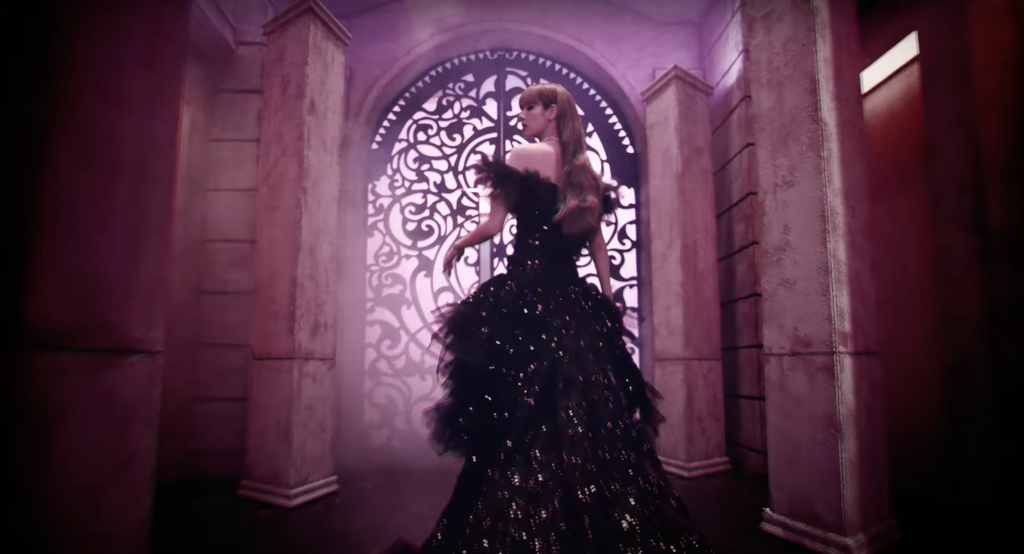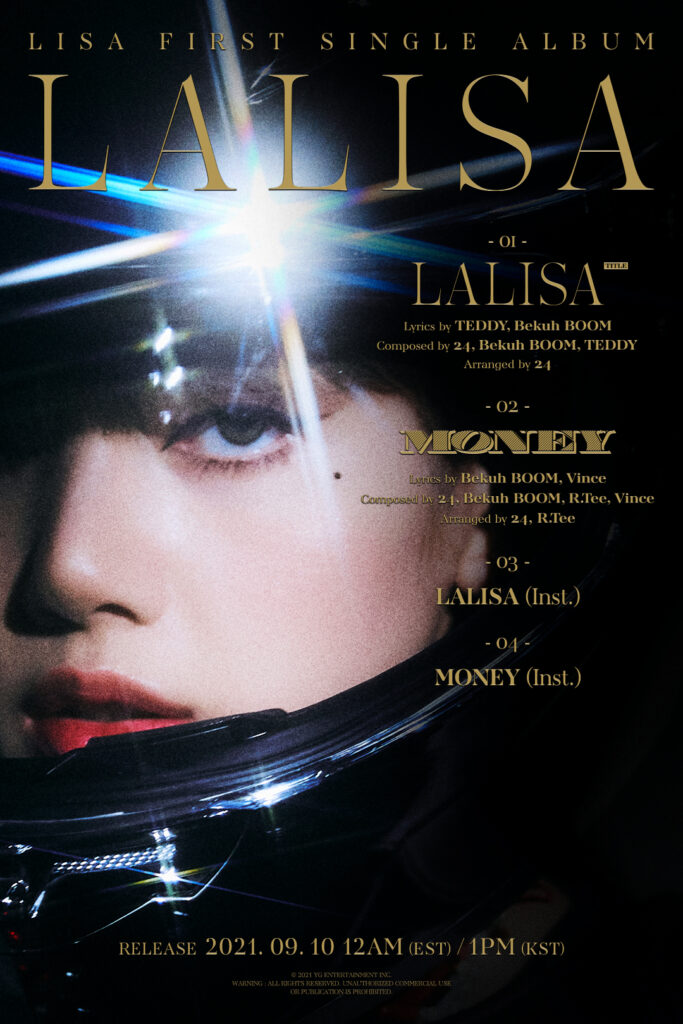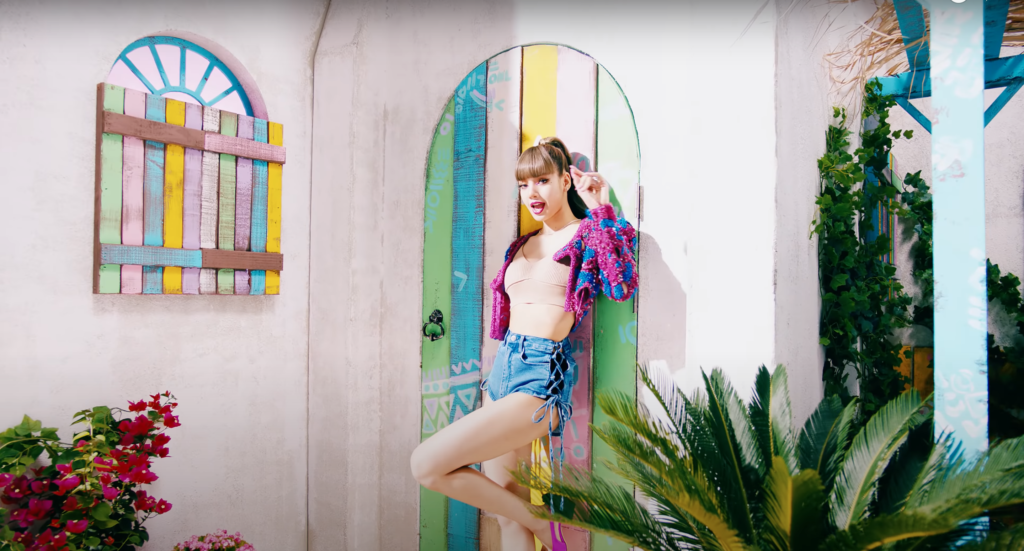
Even if you have casual knowledge of the K-pop world, the name “Black Pink” is probably no anomaly. The superpower group has proved countless times how influential a name can be, from punchy calls in their songs (“Black Pink in your area!”) to titling their first full-length project simply The Album because there is no need for anything else next to the Black Pink name.
Lisa’s solo debut adds to this ‘names have power’ legacy. Following Rosè’s March single album, the youngest of Black Pink announced her presence on the solo scene last Friday with the self-titled Lalisa—”Lalisa” being Lisa’s given Thai name.
Within 24 hours, her “Lalisa” MV surpassed the viewing record for a solo artist, clocking in at a whopping 73.6 million views by the end of the day. The album itself also garnered 800,000 pre-orders.
Yet with the magnanimous Black Pink name often comes the YG strategy of dishing out crumbs. This, unfortunately, rings true for the Lalisa single album. Just like Rosè’s R, Lisa’s solo only features a title track and a b-side. However, the biggest question remains: why was this Lisa’s solo debut? How is solo Lisa of Lalisa different from Black Pink member Lisa?
As soon as “Lalisa” begins, listeners can tell that it is a Black Pink track produced by Teddy. The production formula of catchy (usually brass) instrumental hooks and sharp English phrases—that make it all too easy to sing along—is fundamental for the group. Clearly, they stuck with this successful strategy for Lalisa.
The earworm hook, the sparse instrumentals, the pre-chorus build-up, the slight pause, and the impactful drop are all present in Lisa’s title track. The warped horn sound frames “Lalisa”. However, unlike some of Black Pink’s brass hooks, this one is at an uncomfortably high pitch. It just hits the ear oddly. This combined with the length of each note creates a less-than-ideal listening experience.
“Lalisa” does play around with some experimentation by breaking the track into three distinct parts—the main hook, the bridge, and the dance break. These musical switch-ups are not as dramatic as, for example, Aespa’s “Next Level”, but the color of the song changes without warning, forming a hit-or-miss reaction and a touch of auditory whiplash.

This carousel of sounds is reflected in the MV as well. “Lalisa” boasts 12 sets, where Lisa wears at least 12 different outfits ranging from a leather get-up to a traditional Thai style of dress. While 12 sets and 12 plus costumes seems a bit extreme (even for K-pop) they all drive the message ‘I am confidence’ home, albeit in a very flashy manner.
The opening of “Lalisa” shows Lisa walking through a pink lit hallway, her back to viewers. This not only directly translates the first lyrics—”You know just from looking at my back / When it gets dark, the light shines pink”—but it marks an attempt to create a transition from Black Pink Lisa to solo artist Lisa. She wears a black tulle dress that reflects the wings from “How You Like That”, but, of course, Lisa is alone walking towards the iron wrought gates.
From this moment, Lisa shifts into a bold Joker jacket and skirt while strutting down an alley filled with neon signs. Then a few seconds later, streetwear and comfort are key, as the choreography takes center stage. Within this three minutes and 27 second video, Lisa manages to flash by on a motorcycle, burst into a room wearing a detective-like black suit (with a megaphone in hand), pole dance, and command a four wheeler in the desert.

The edginess of this MV softens some of its sharpness during the bridge. Lisa’s voice takes on a lighter and more playful tone, as she sings around a colorful pastel scene dressed in a pink jacket and jean shorts. This part is a welcome change from the rapid shuffle of sets, and it shows off Lisa’s cheerful personality. However, there are so many backgrounds and costume variations that this scene becomes just another aesthetic in the MV.
There is an abundance of different focuses in “Lalisa” that go back to the surface message of Lisa’s fearless confidence. She moves seamlessly through transitions. But while she remains armored with her performance abilities, viewers have too much to be distracted by. They can look at both everything and nothing at all.
Meanwhile, the dance break does linger. In an interview with Billboard, Lisa mentions that Thai traditional music forms its distinct sound since she raps about her journey “from Thailand to Korea”. To complement the instrumental shift, Lisa wears a traditional Thai dress while sitting on a throne of gold.
Musically, the dance break is a total readjustment from the rest of the song. The instrumental repetition is sharper and more impactful on the ear—a piece that you want to hear again. It is also here that Lisa demonstrates the full force of her intense eye contact, her signature facial expressions, and her effortless control over her body when she dances.

Otherwise, not much else stands out in “Lalisa”. Although the MV’s performance focus is not new, the choreography left one wanting more, though the pole dancing was reminiscent of After School and a fun detail. Lisa is an excellent performer, yet her solo debut choreo went the route of being TikTok driven.
“Lalisa” has some of the charms of certain Black Pink bangers, and sometimes we need those hooks that get stuck in our heads but make no sense. However, why bother releasing a track like this as a solo debut? At the end of the day, “Lalisa” is a song that could have also done well as a solo on a Black Pink album. Is it so special that Lisa has to be a solo artist to sing and perform it?
The same goes for the lone b-side on Lalisa. “Money” does not give any new glimpse into Lisa the artist. In fact, this track carries on the brash confidence of “Lalisa”, but with a healthy dose of arrogance. As the outro stomps out:
My money moves
Money I choose
Celine my shoes
Walkin on you
My money rules

It is refreshing to see Lisa on this unapologetic anthem (with semi-questionable nonsensical lyrics), to a certain extent. At the same time, it is difficult to believe that there were no other b-sides besides “Money” under consideration for this solo album.
Not only does the brass hook sound a bit too similar to the instrumental repetition in “Lalisa”, but the pre-chorus is not flattering. It was probably a stylistic choice to have Lisa sing more nasally here. However, it sounds like she is straining for the higher notes. Her voice takes on a whinier quality and when the music mostly drops out, the combination does not showcase Lisa’s strengths. For such a highly anticipated release, Lalisa is disappointing on various fronts.
What’s in a name? For such an iconic global figure and a bold performer with an instantly recognizable name, Lisa unfortunately does not reveal anything past the surface with her solo effort Lalisa. The title track, its MV, and b-side “Money” possess all the glitz and glam, but not much more. The next time we see something from solo artist Lisa—not just Black Pink Lisa—here’s hoping it is something that goes beyond just showing off her name.
(Billboard, Naver, YouTube. Lyrics via LyricsKpop, YouTube. Images via YG Entertainment.)


